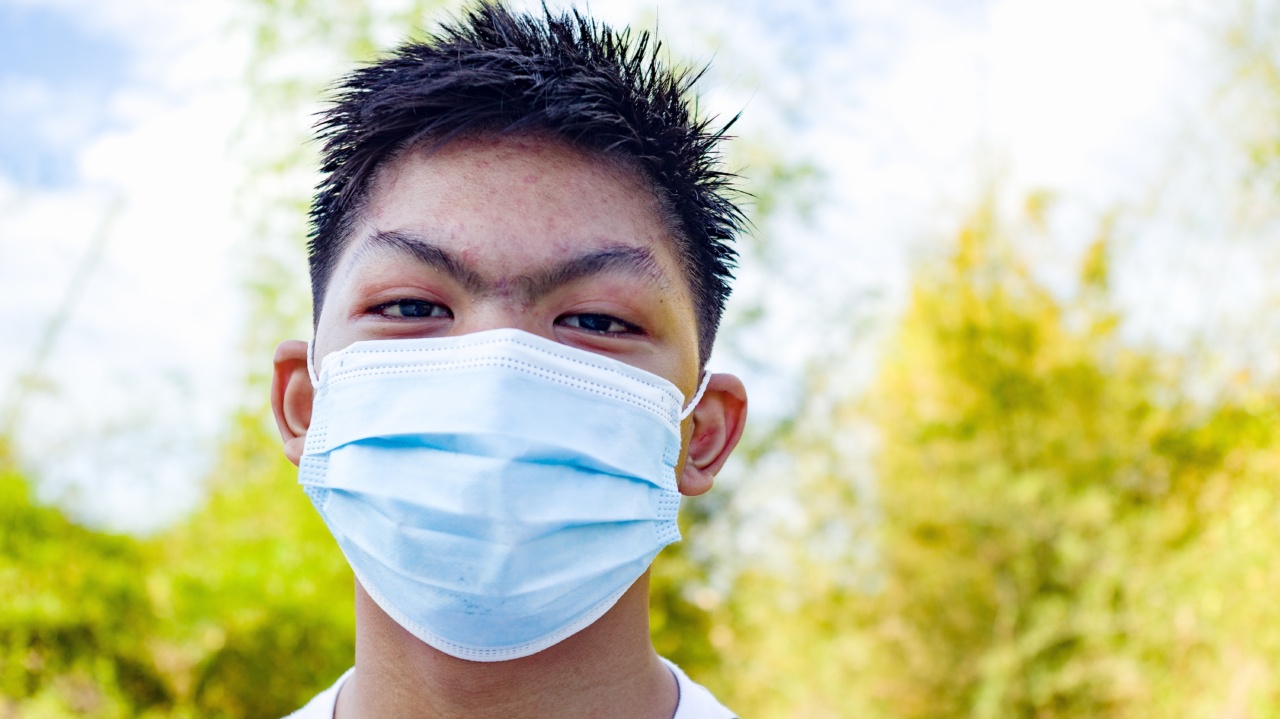Cancer is not a disease that discriminates. It can affect anyone, regardless of their age, gender, or race. However, there are certain factors that can increase a teenager’s risk of developing cancer.
In this article, we will discuss some of the most common risk factors for cancer in teenagers.
1. Family history of cancer
If a family member has had cancer, especially at a young age, this can increase a teenager’s risk of developing it as well. This is because certain types of cancer can be hereditary, meaning they are passed down through generations.
If a teenager has a family history of cancer, it is important for them to talk with their doctor about screening and other preventative measures.
2. Exposure to tobacco and secondhand smoke
Tobacco use is a leading cause of cancer, and exposure to secondhand smoke is also a significant risk factor.
Teenagers who smoke cigarettes or use other tobacco products are at a higher risk of developing cancer, as are those who are regularly exposed to secondhand smoke. Encouraging teenagers to avoid tobacco and stay away from smoke-filled environments can help reduce their cancer risk.
3. Exposure to radiation
Exposure to radiation, whether through medical treatments or environmental factors, can increase a teenager’s risk of developing cancer. Certain types of cancer, such as leukemia and thyroid cancer, are known to be linked to radiation exposure.
If a teenager has had radiation therapy or has been exposed to other sources of radiation, they should talk with their doctor about their cancer risk.
4. Obesity and poor diet
Obesity and a poor diet can increase a teenager’s risk of developing certain types of cancer, such as breast and colon cancer.
A diet that is high in processed foods, saturated and trans fats, and sugar can also contribute to the development of cancer. Encouraging teenagers to maintain a healthy weight and eat a balanced diet can help reduce their cancer risk.
5. Lack of physical activity
A lack of physical activity can also increase a teenager’s risk of cancer. Regular exercise can help maintain a healthy weight and reduce the risk of certain types of cancer, including breast and colon cancer.
Encouraging teenagers to stay active and engage in sports or other physical activities can help reduce their cancer risk.
6. Exposure to certain chemicals
Exposure to certain chemicals, such as benzene and asbestos, can increase a teenager’s risk of developing cancer. These chemicals are commonly found in industrial settings and can be harmful if inhaled or ingested.
If a teenager is exposed to these chemicals at work or in their environment, it is important for them to take steps to protect themselves.
7. Certain viruses and infections
Some viruses and infections can increase a teenager’s risk of developing cancer. For example, the human papillomavirus (HPV) can cause cervical, anal, and throat cancer, while the Epstein-Barr virus (EBV) has been linked to some types of lymphoma.
Encouraging teenagers to get vaccinated against HPV and practicing good hygiene can help reduce their cancer risk.
8. Exposure to the sun
Exposure to the sun’s harmful UV rays can increase a teenager’s risk of developing skin cancer. Tanning beds and lamps can also increase this risk.
Encouraging teenagers to use sunscreen and avoid tanning beds and lamps can help reduce their cancer risk.
9. Alcohol and drug use
Heavy alcohol and drug use can increase a teenager’s risk of developing certain types of cancer, including liver and breast cancer. Encouraging teenagers to avoid alcohol and drugs can help reduce their cancer risk.
10. Stress
While stress itself does not cause cancer, it can weaken the immune system and make it more difficult for the body to fight off cancer cells.
Encouraging teenagers to manage their stress through healthy coping mechanisms, such as exercise, meditation, and positive social interactions, can help reduce their cancer risk.






























